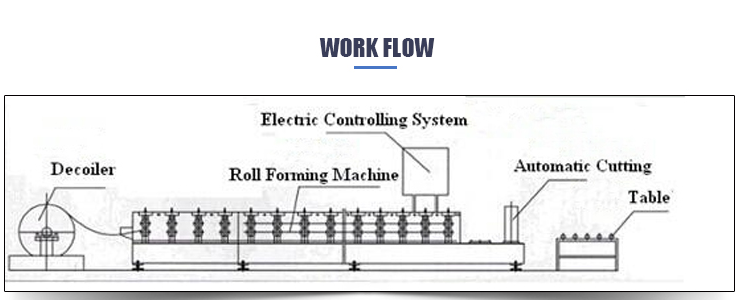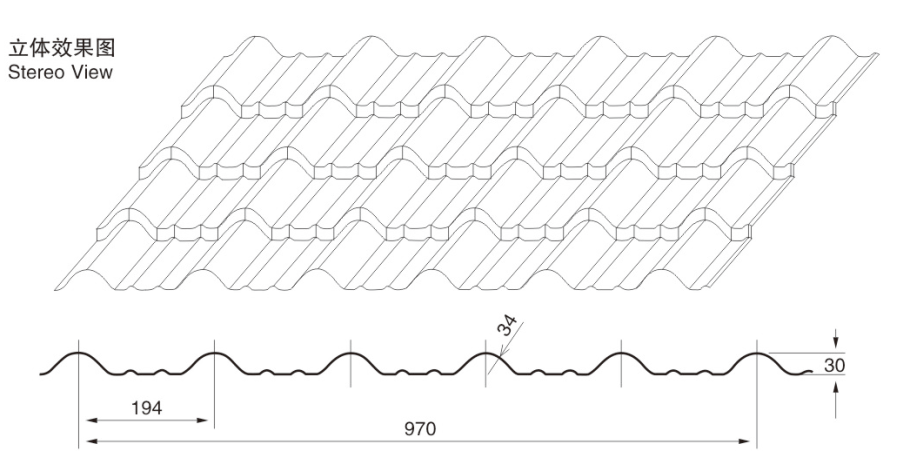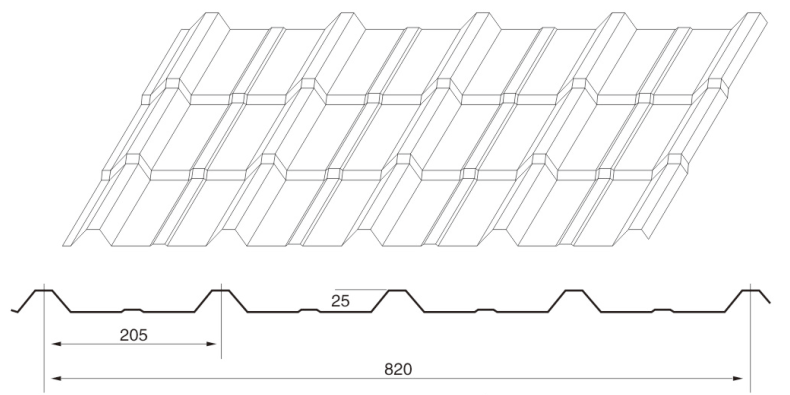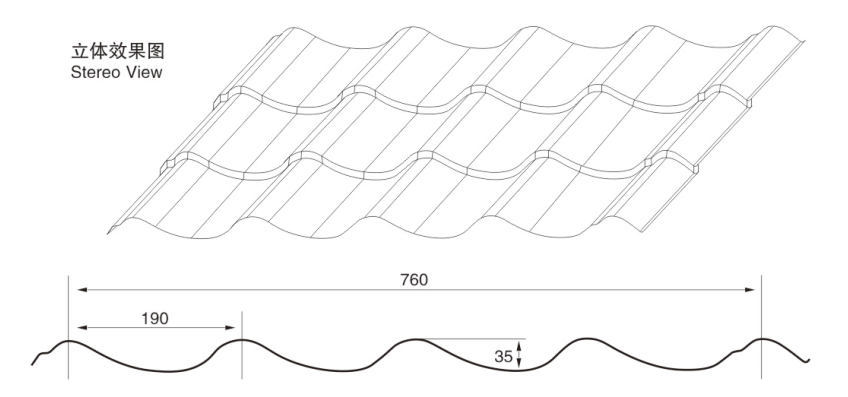Usually, titanium or steel screws and small plates are used to fix a severe fracture. These foreign bodies may cause discomfort in the body. A new bioceramic screw developed by the Fraunhofer Institute for Applied Materials and Applied Materials (IFAM) in collaboration with Giessen-Marburg, the University Hospital of Bonn and the University of Bremen will make history a reality. This new material consists of calcium phosphate or hydroxyapatite, which is basically the same as human bone components and can replace the metal parts used so far. It's easy to blend with bones and doesn't have to be removed. The technology will be on display at the International Medical Devices and Equipment Exhibition (MEDICA) in Düsseldorf from November 14-17, 2016.
The research and development project was funded by the German Federal Ministry of Education and Research and cost 1 million euros. According to IFAM researchers, the main research task is to design the screws to be ceramic and rigid. Unlike traditional medical titanium or polymer screws, this new material screw is not screwed into the bone but is carefully hammered in. Therefore, the researchers developed a thread shape so that the screw can be hammered in with just a few rotations, which not only reduces the damage to the patient's tendons and bones, but also shortens the anesthesia time for the patient.
Compared with the screws currently used, the ceramic screws have the following advantages: 1. It is not necessary to take out. Because the two main components are very similar to bones, they can grow into the bone. 2. Avoid inflammation caused by polymer degradation. 3. Strengthen the bones. No cavities are formed in the bone, and the bones become firmer and less prone to breakage. 4. Strengthen the bone structure. The ceramic-based screws are not dissolved, but are integrated with the bones to further strengthen the bone structure.
In order to achieve the maximum strength of the material, the newly developed ceramic screws are made by heated injection molding technology, and the density of the components is optimized because it is not affected by air. Especially for scale production, this process is simple and flexible, and can be flexibly designed. Hydroxyapatite powder can also be used in conjunction with a 3D printer to create a specific implant for a patient.
Researchers predict that this new material screw will soon be used clinically.
Glazed Tile And Ridge Cap Roll Forming Machine
Working principle:
steel strip is made into glazed tile by machine through cold-bend forming technology.
Usage:
Glazed tile produced by roll forming machine are widely used in construction, transportation and other industries. It is mainly used for roofing and wall of buildings, such as steel structures, airports, storehouses,etc.
Component:
1.Decoiler
2.Roll Forming System
3.Cutting Device
4.Hydraulic Station
5.PLC control system
Working Flow:
Loading coil – decoiling – guide feeding – main roll forming – hydrarlic cutting – finished products

Corrugated Roof Roll Forming Machine Technique Parameters:
Processing material: aluzinc/galvanized steel/colored steel coil
Material thickness: 0.3-0.8mm
Main motor power: 4kw(can change as request)
Pump power: 4kw
Shaft diameter: 75mm and solid shaft
Forming steps: 15steps and more
Roller material: high grade 45# steel, hard Chromium plating
Main frame:300H steel
Medium plate thickness: 16mm
Speed:8-12m/min
Material of the cutting blade:Cr12
Control system: PLC computer control
Power supply: 380V, 3 Phase, 60Hz (can change as customers request)
Glazed Tile profile series:



Our Glazed Tile And Ridge Cap Roll Forming Machine can greatly simplifie the production process and improve production efficiency.
Welcome visit our Factory!
Glazed Tile And Ridge Cap Roll Forming Machine
Ridge Cap Roll Forming Machine,Glazed Tile Roll Forming Machine,Metal Roof Ridge Cap Roll Forming Machine
CANGZHOU DIXIN ROLL FORMING MACHINE CO., LTD , https://www.hebeimachine.com